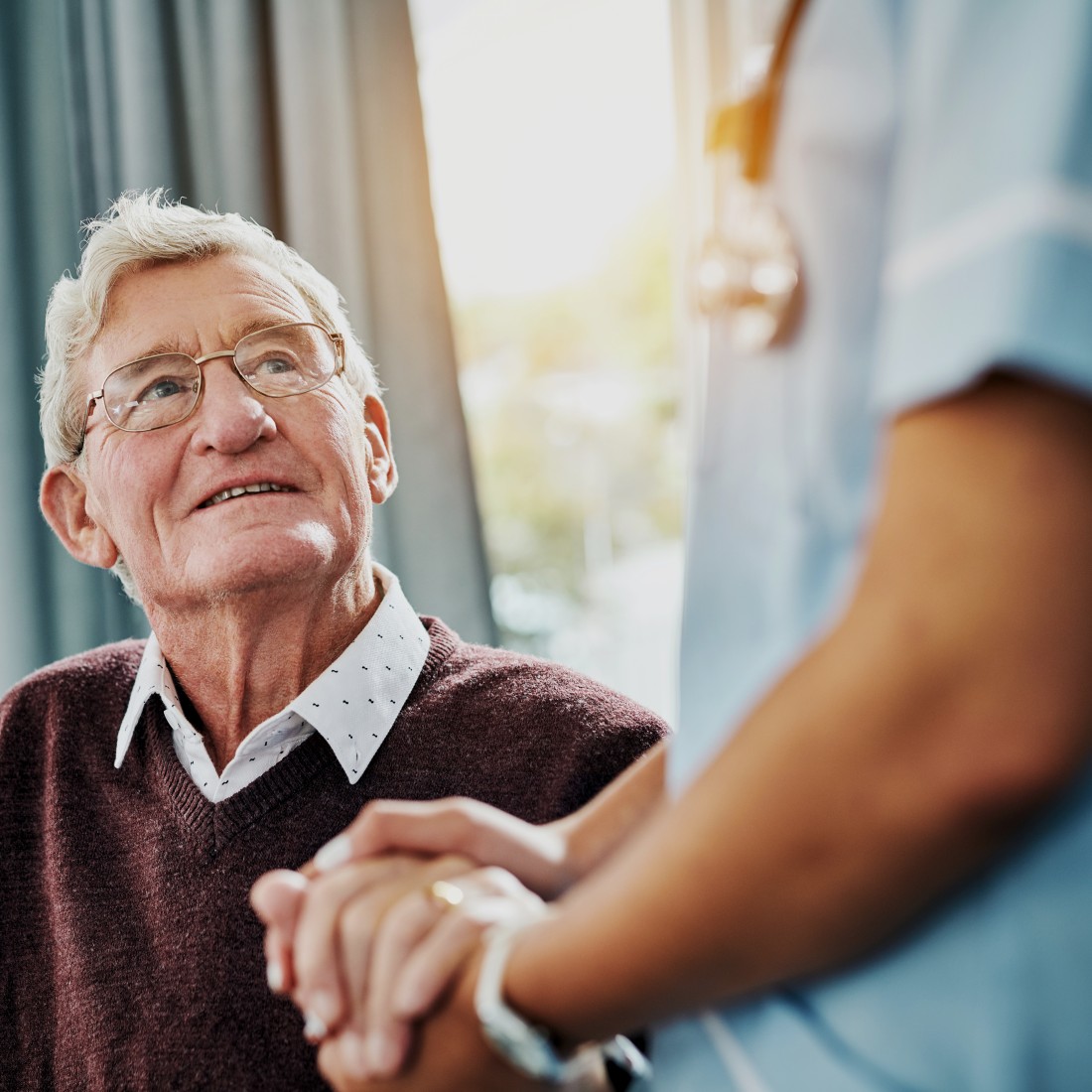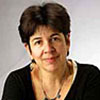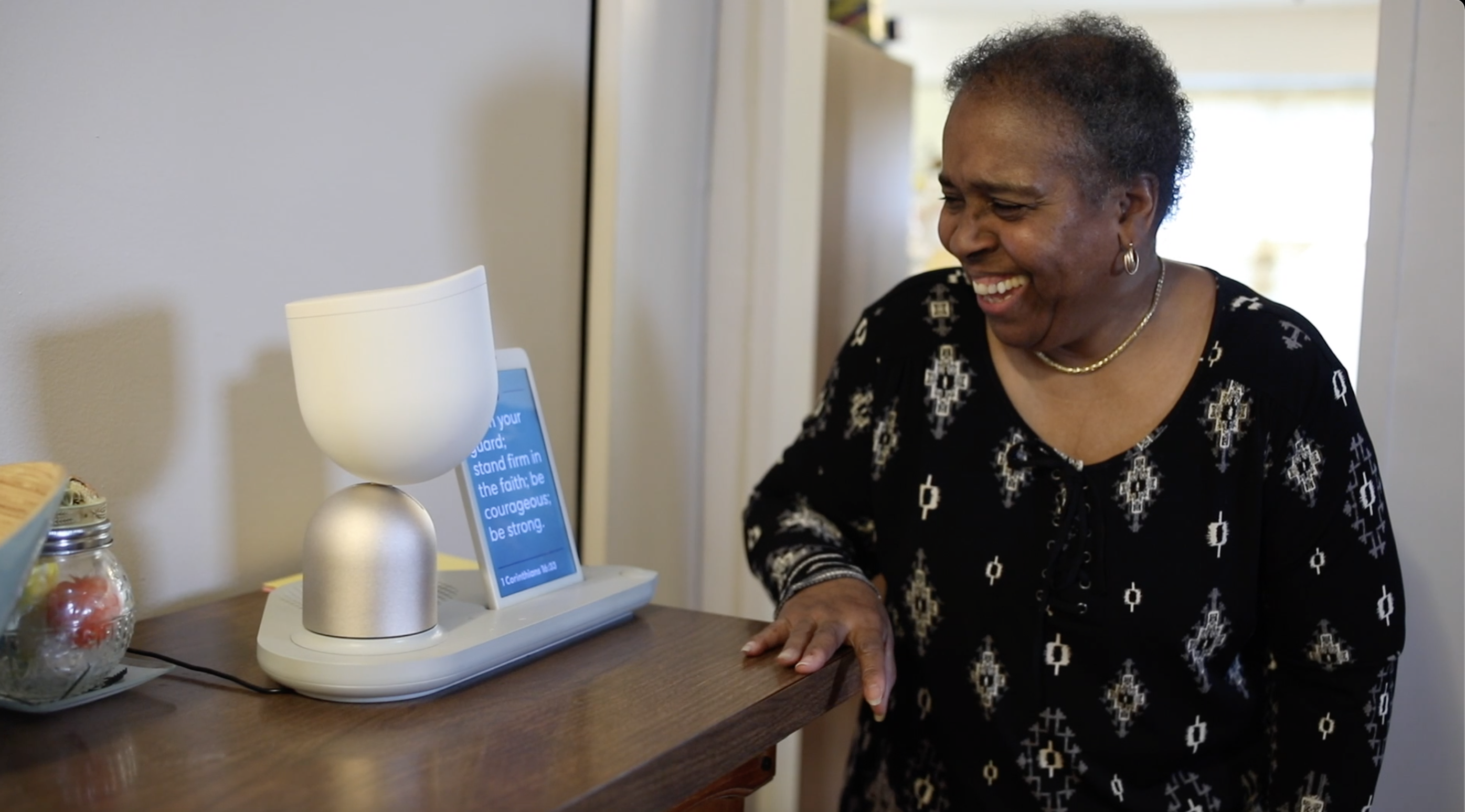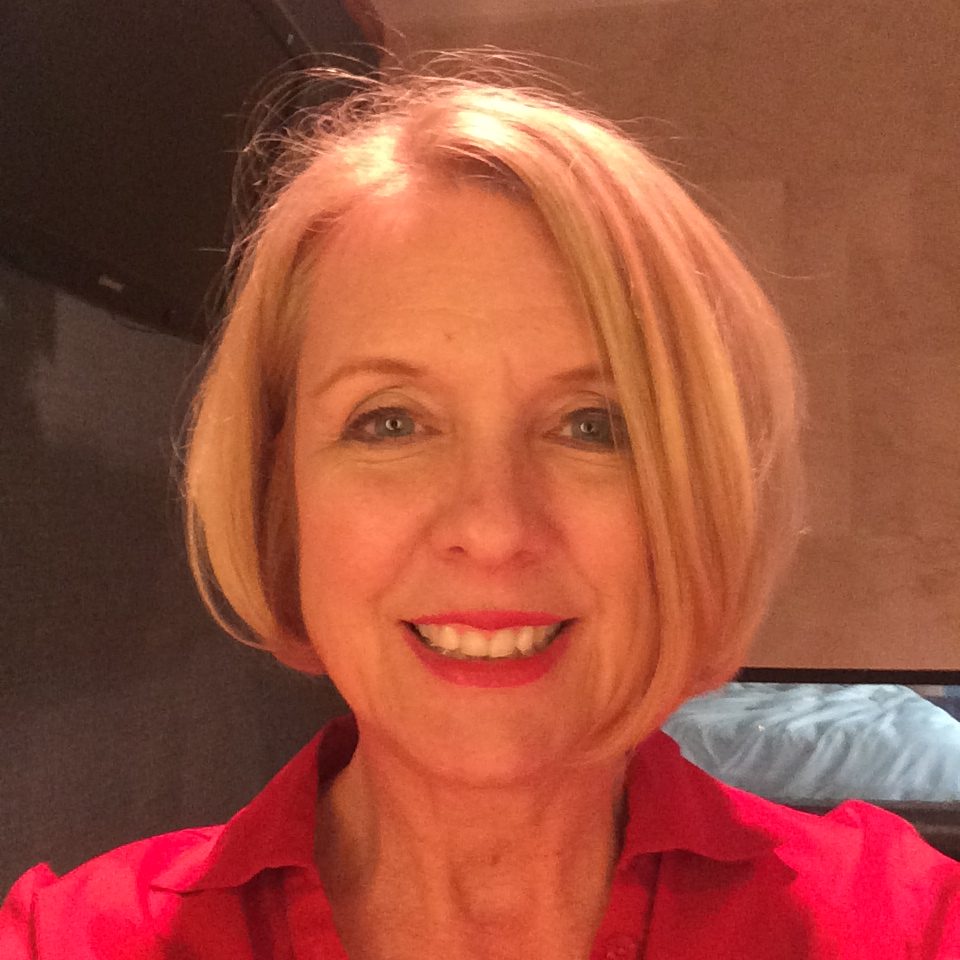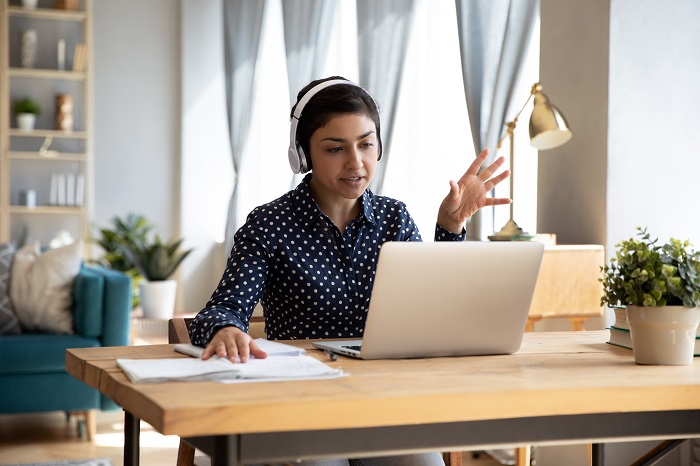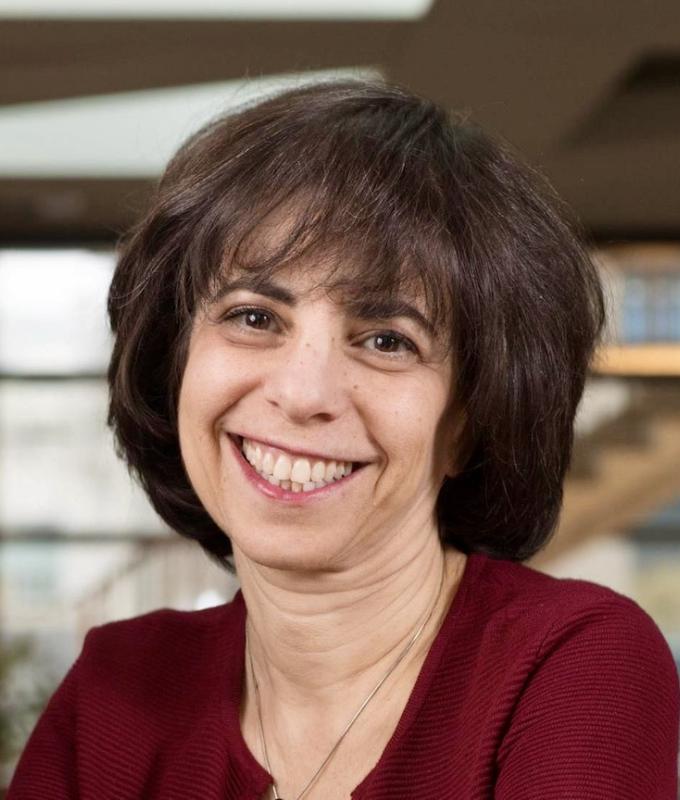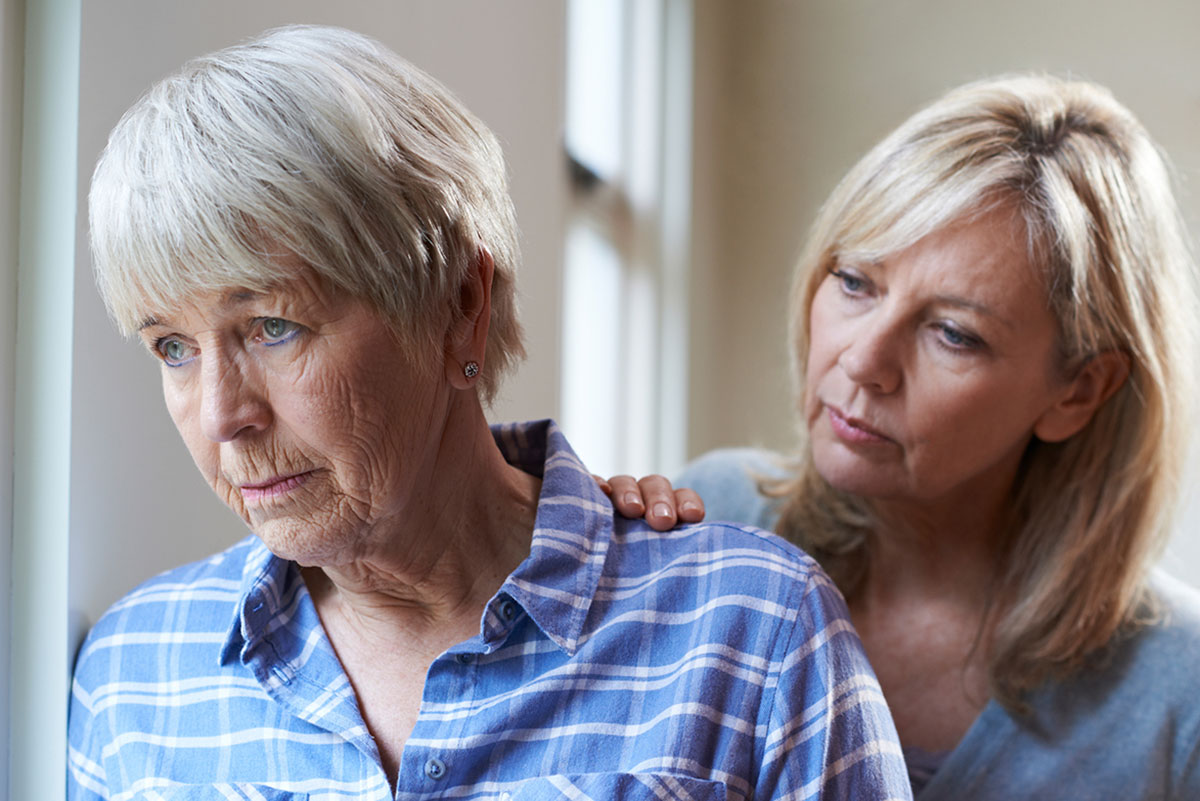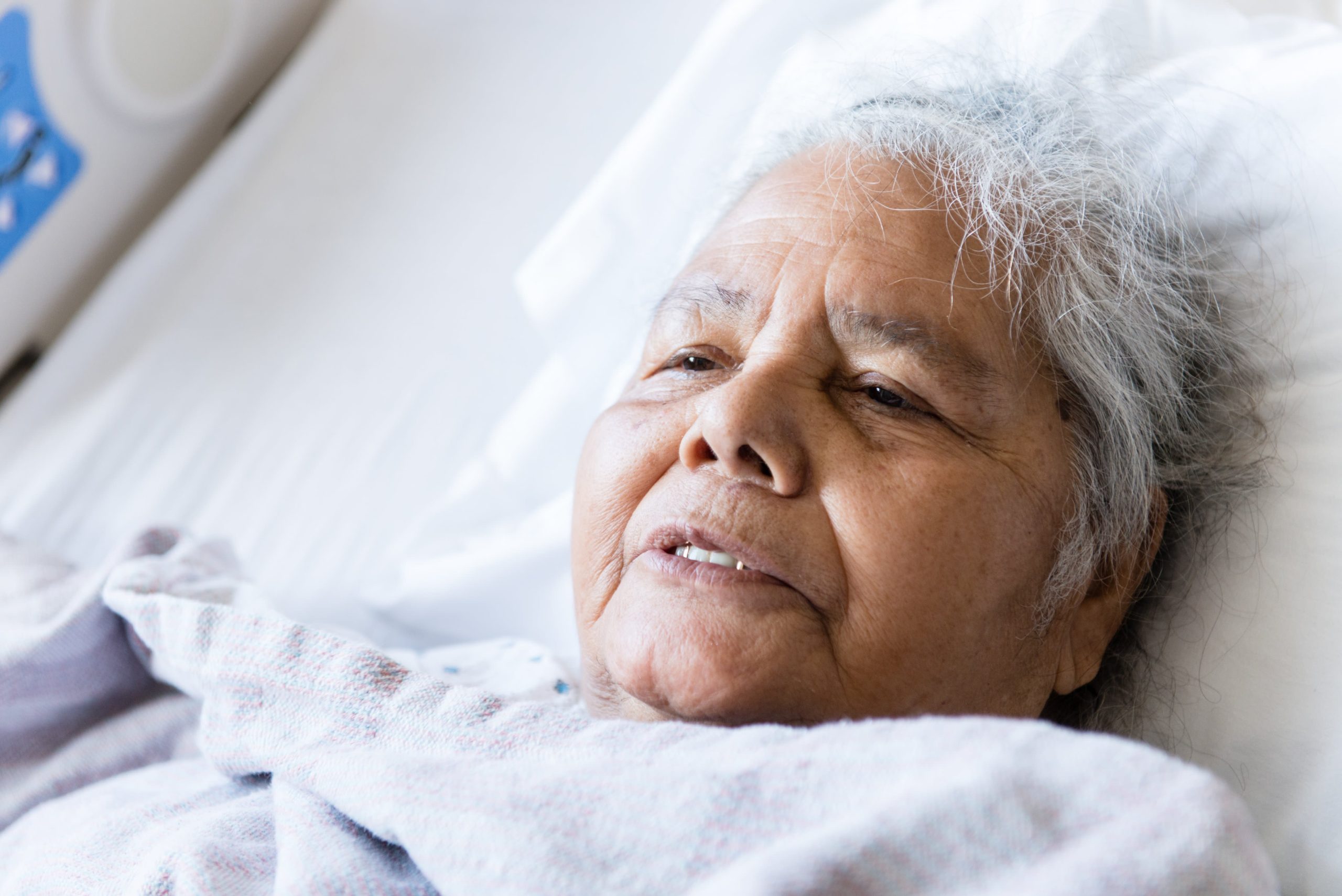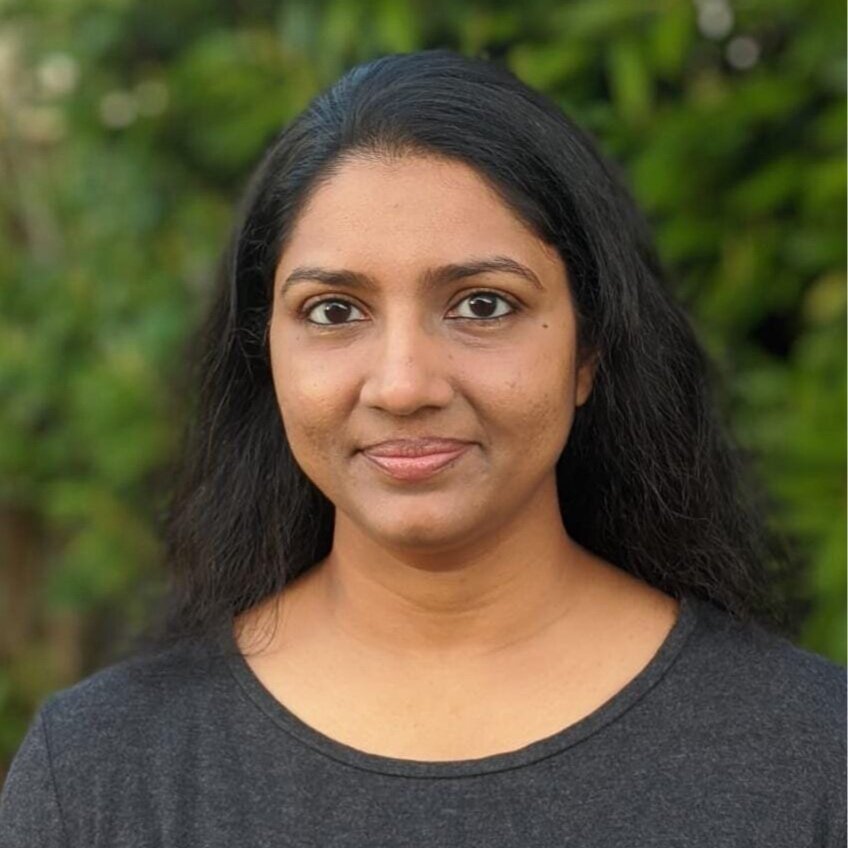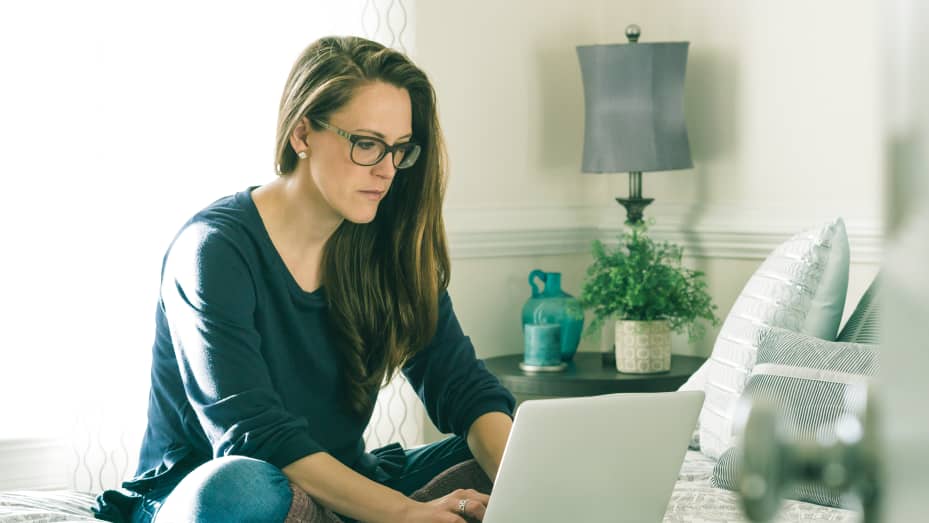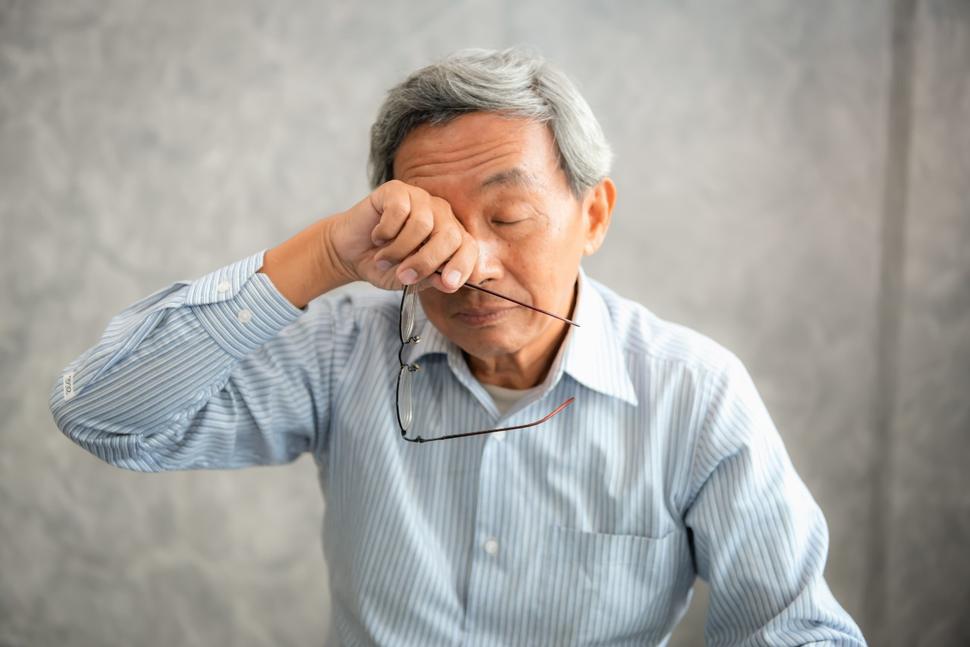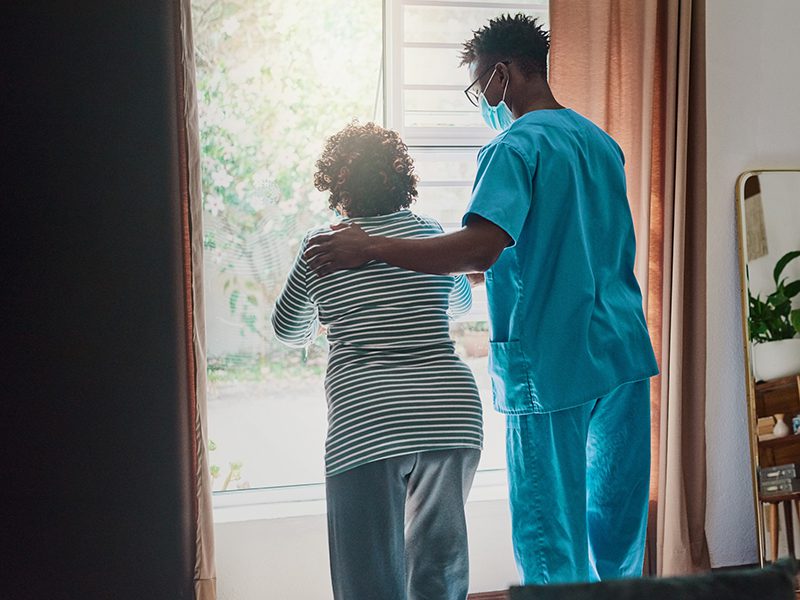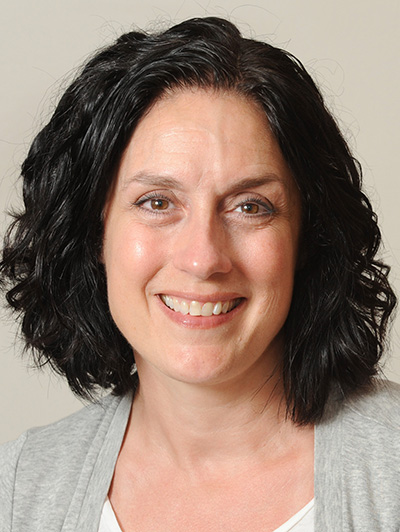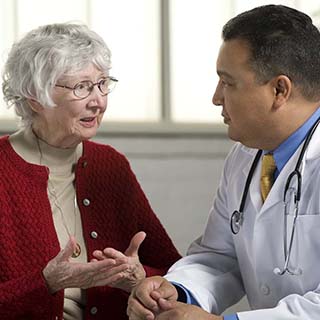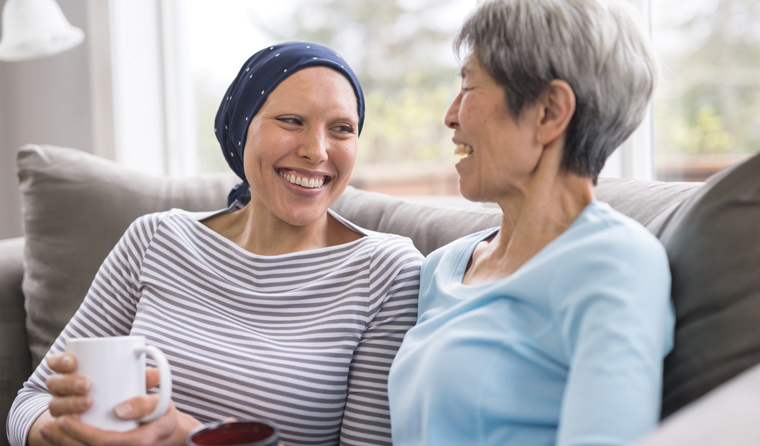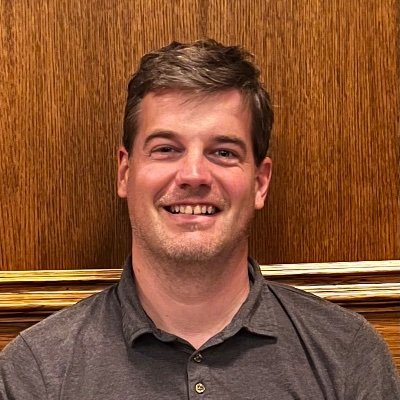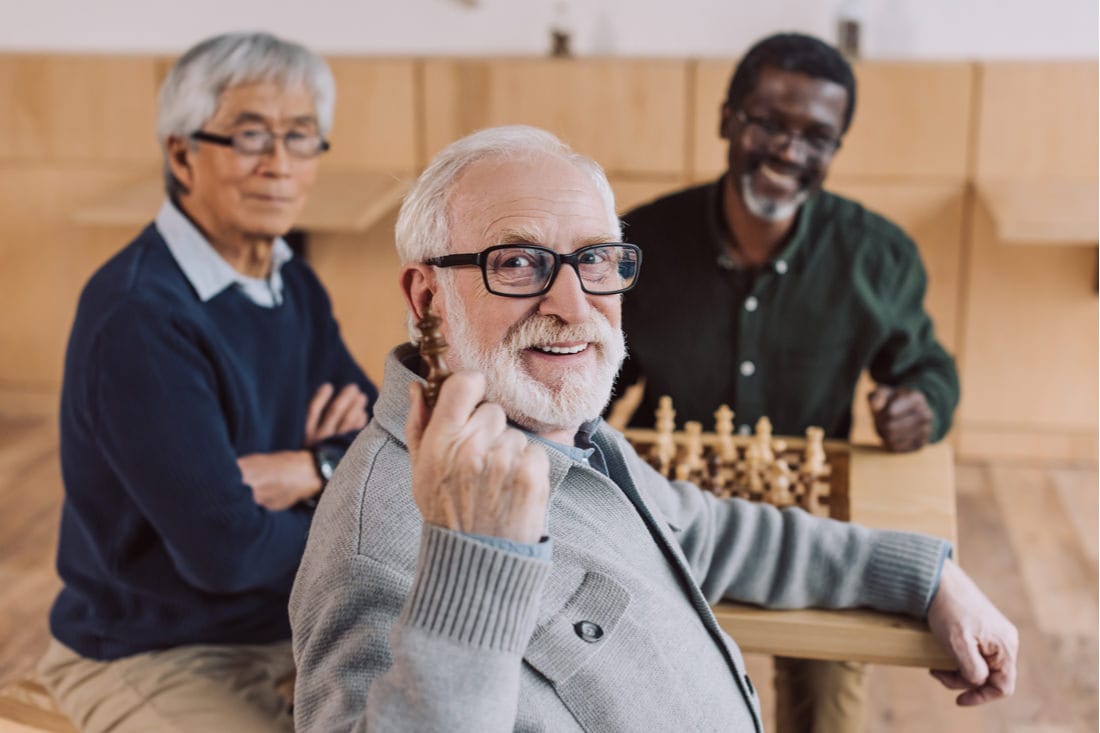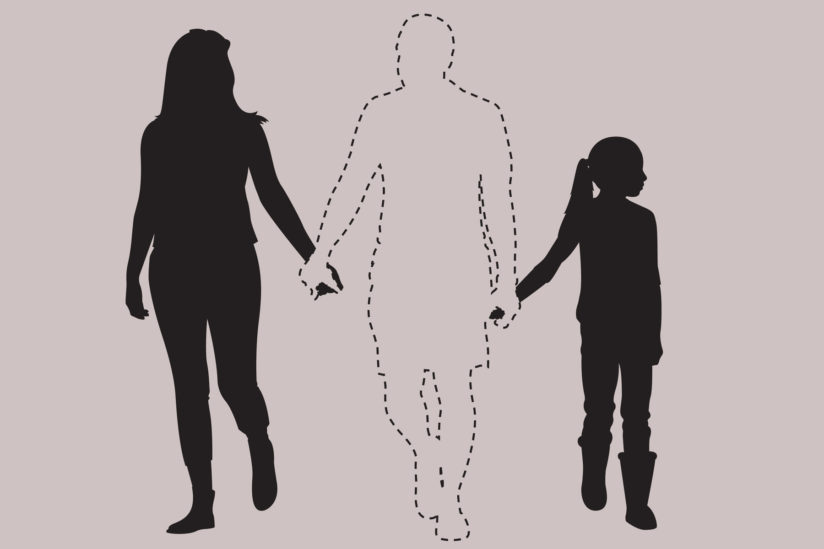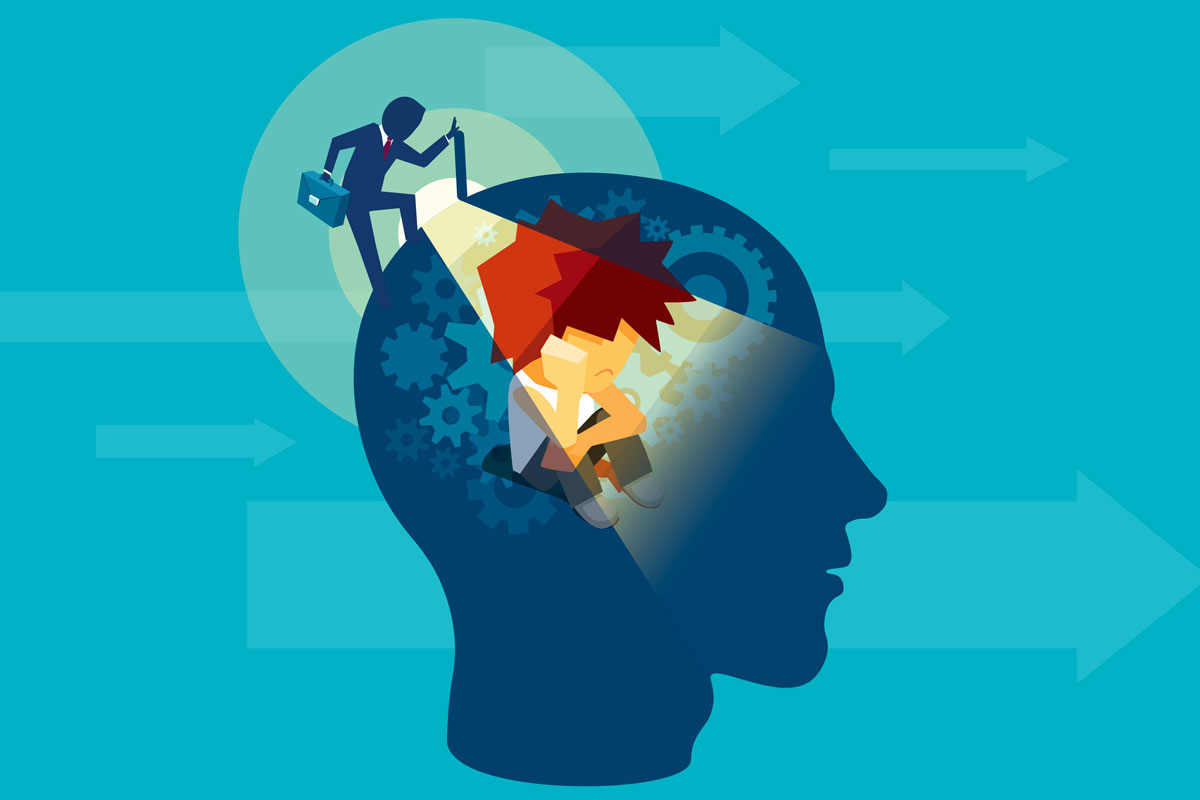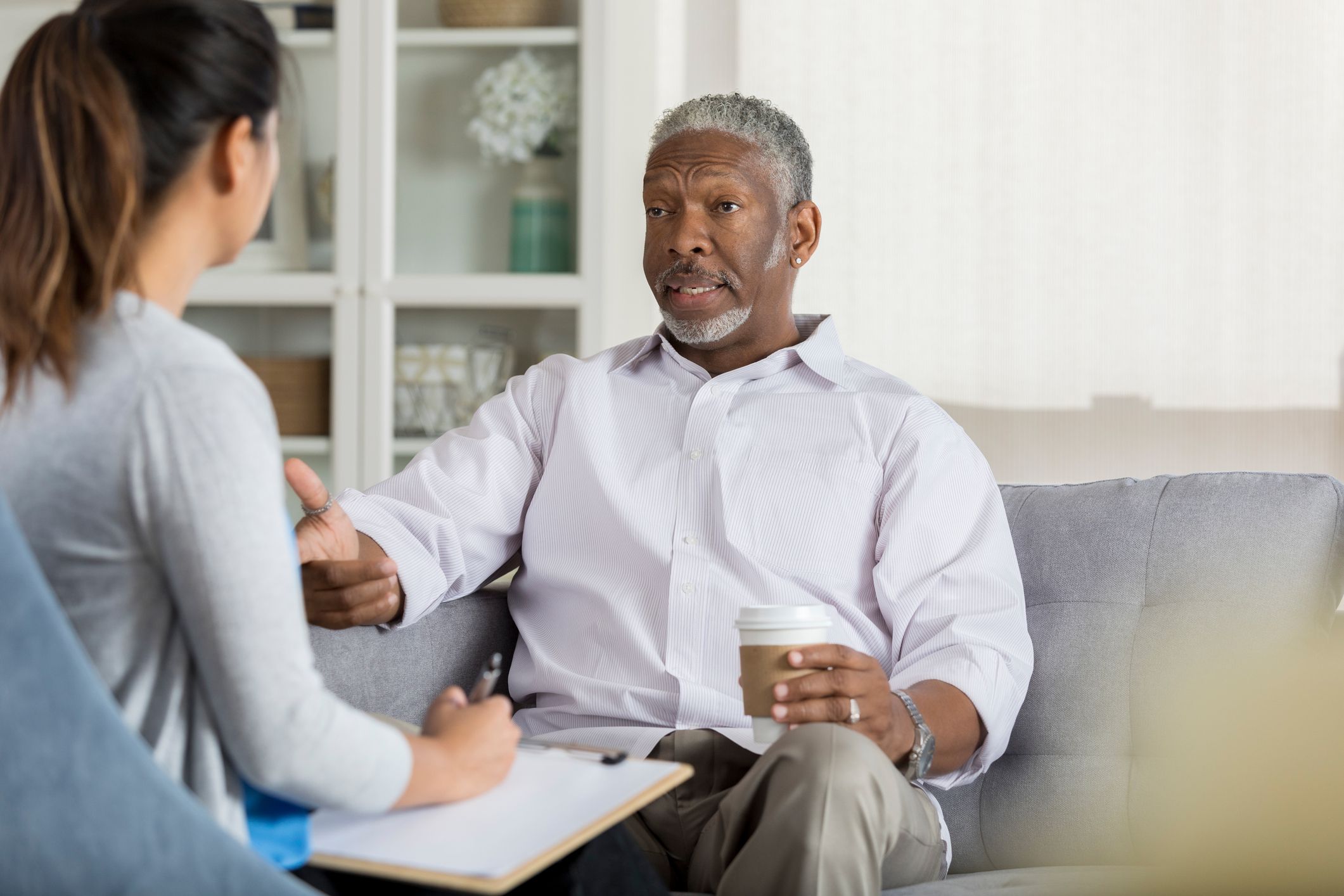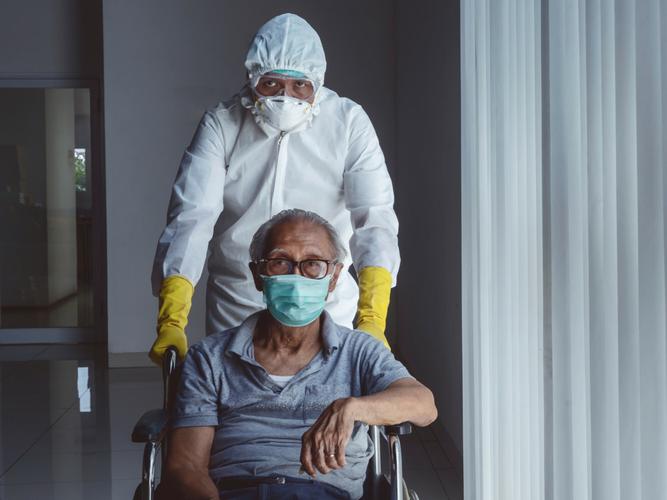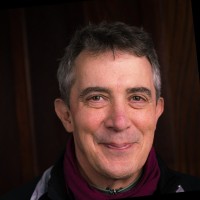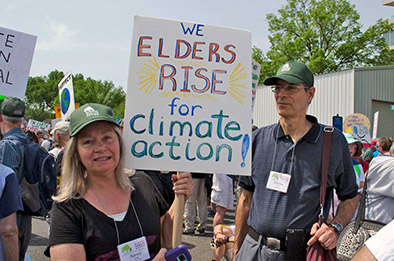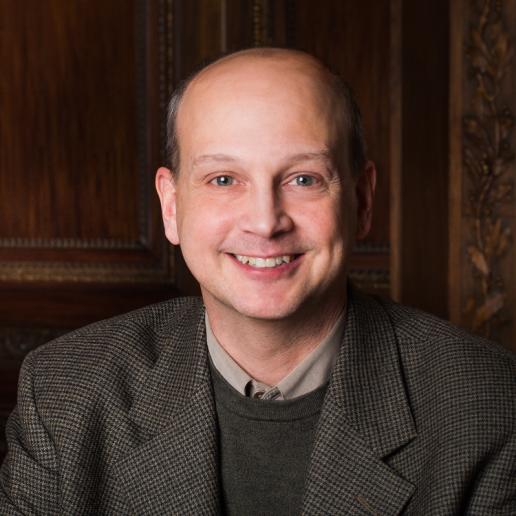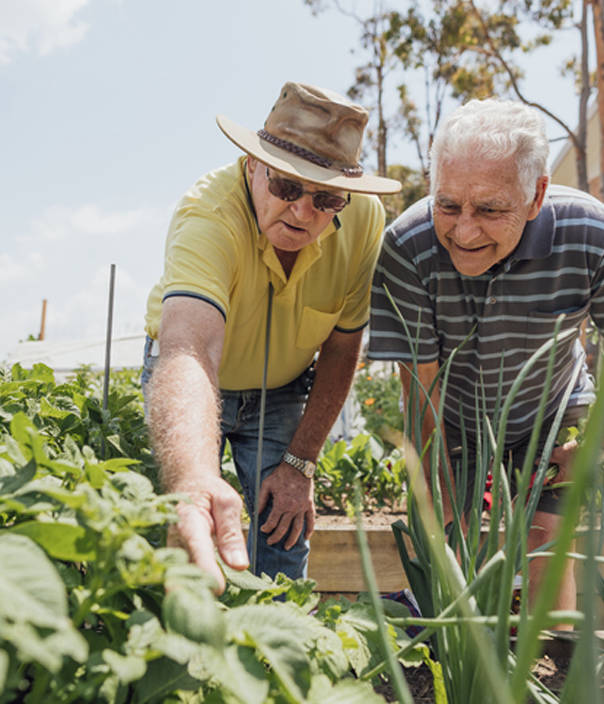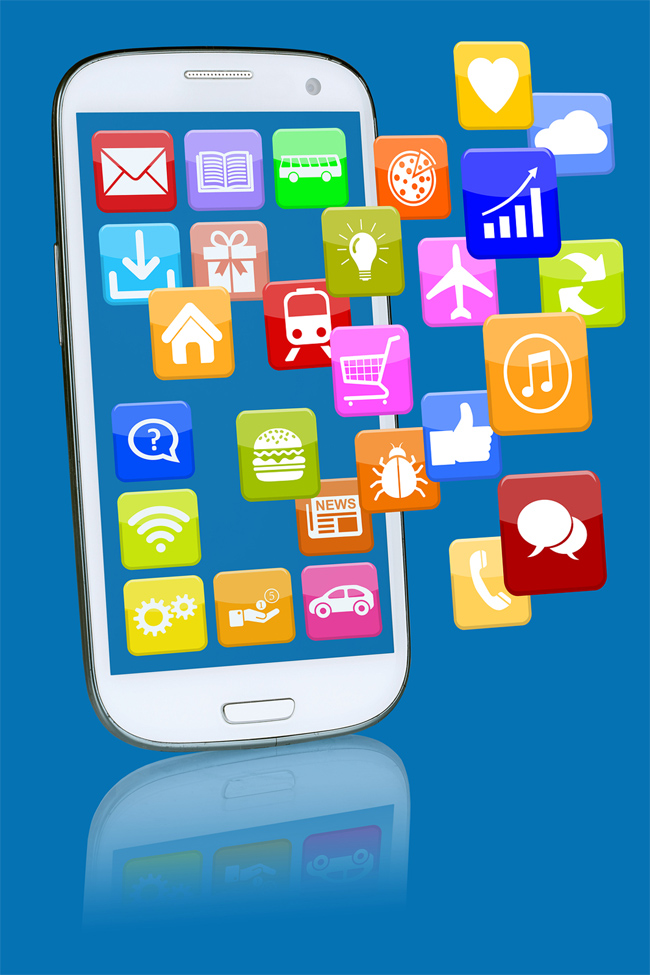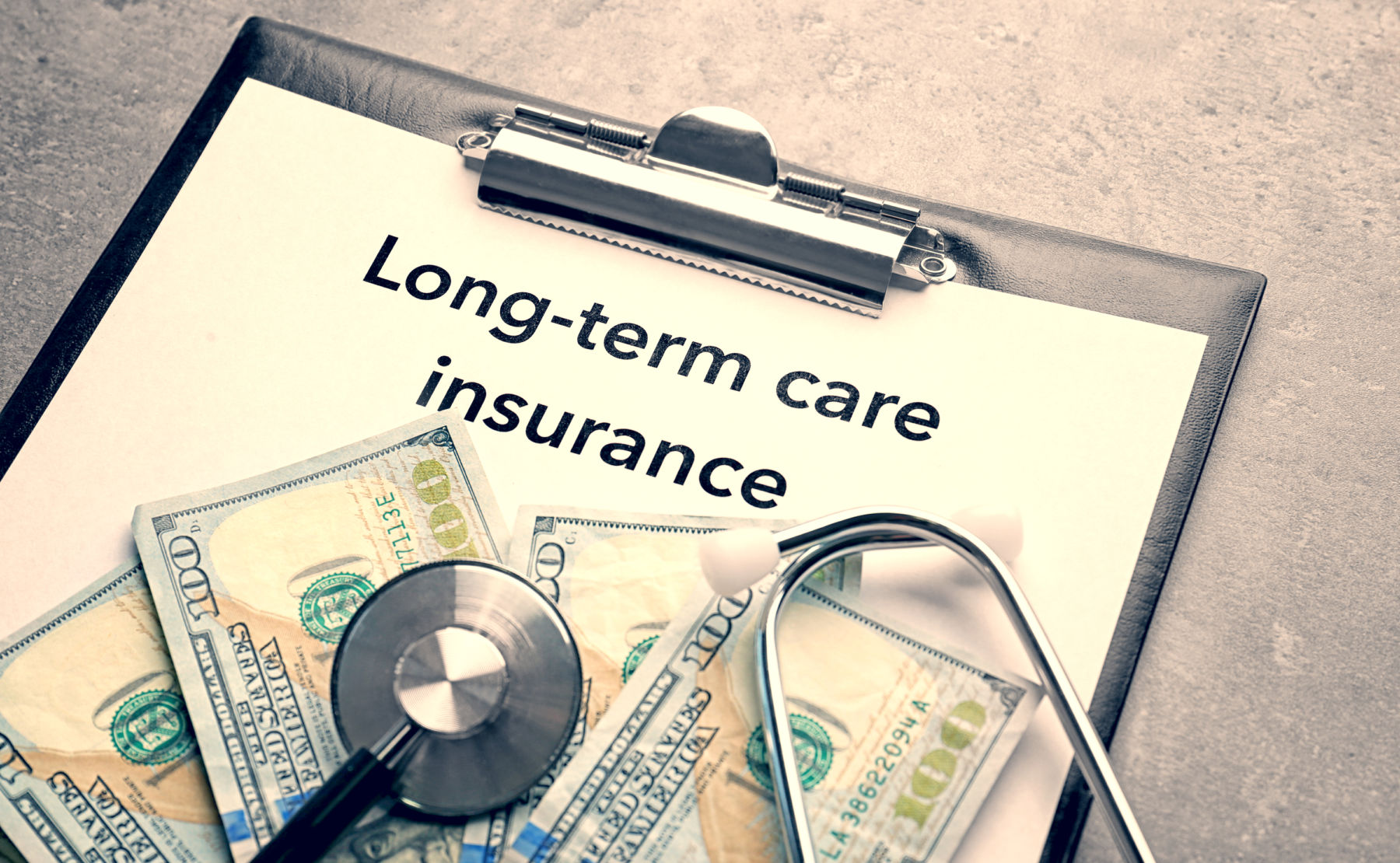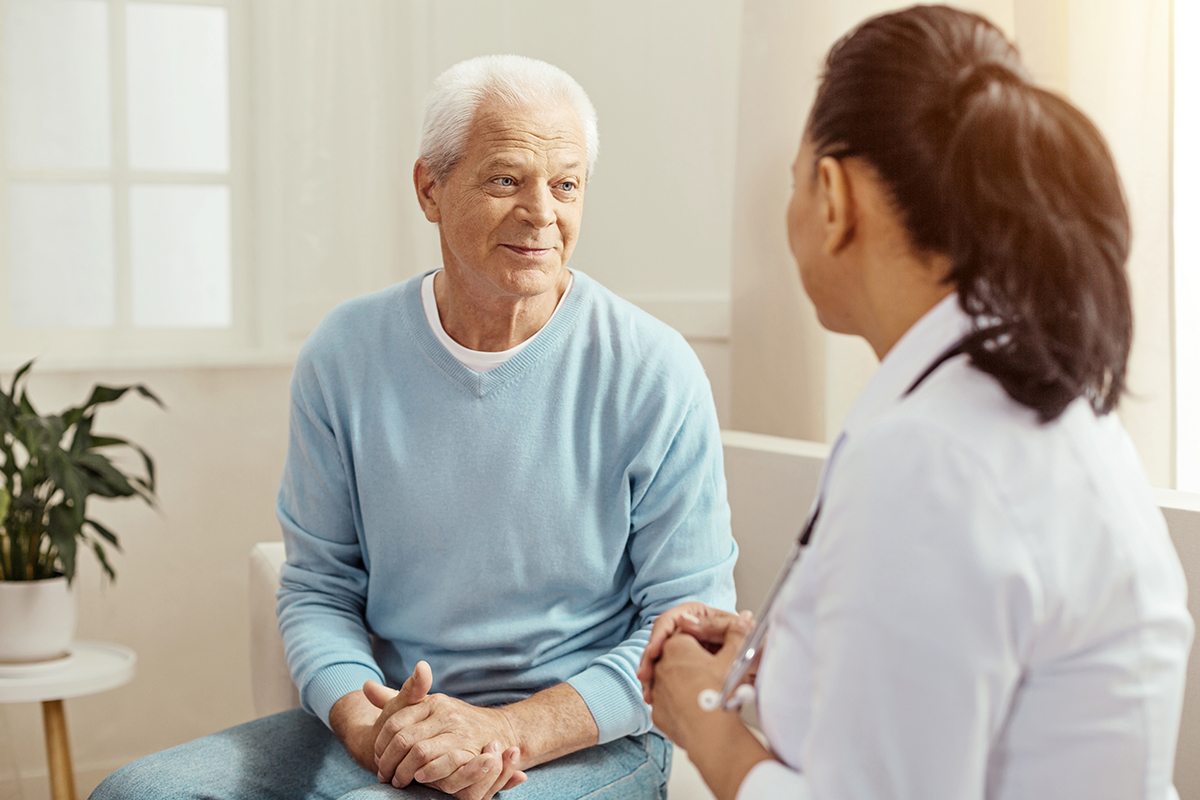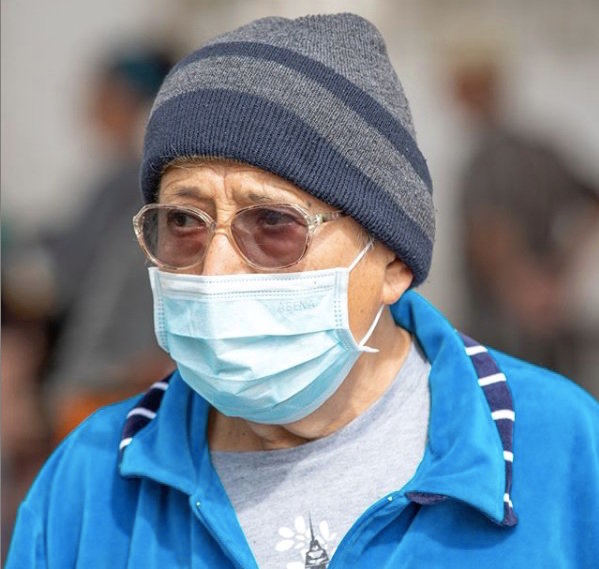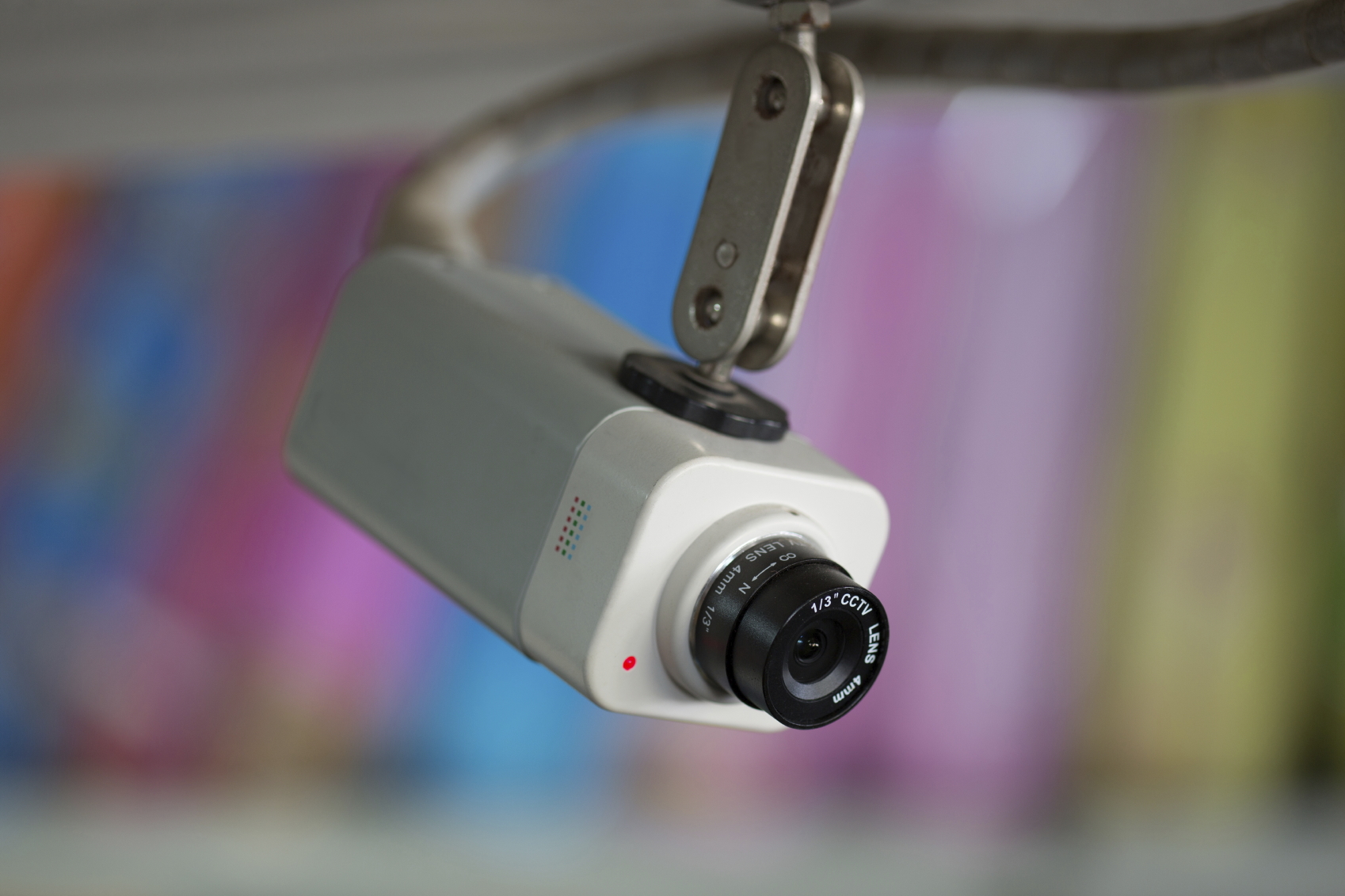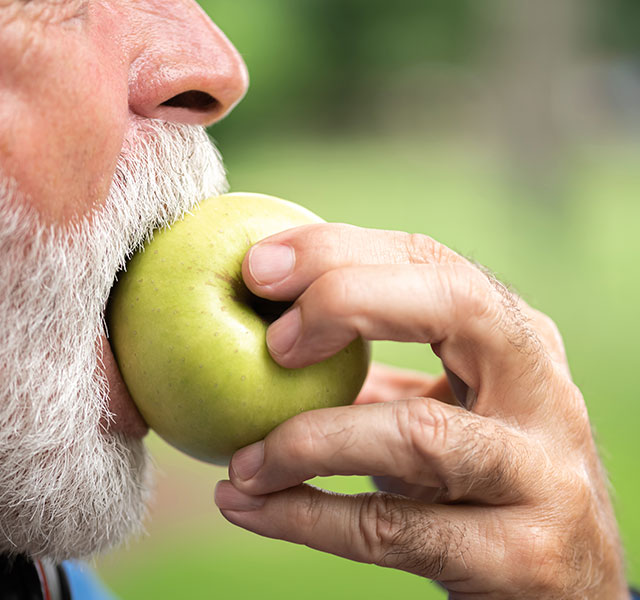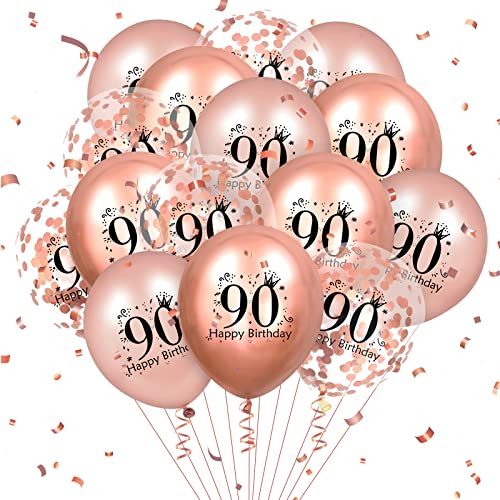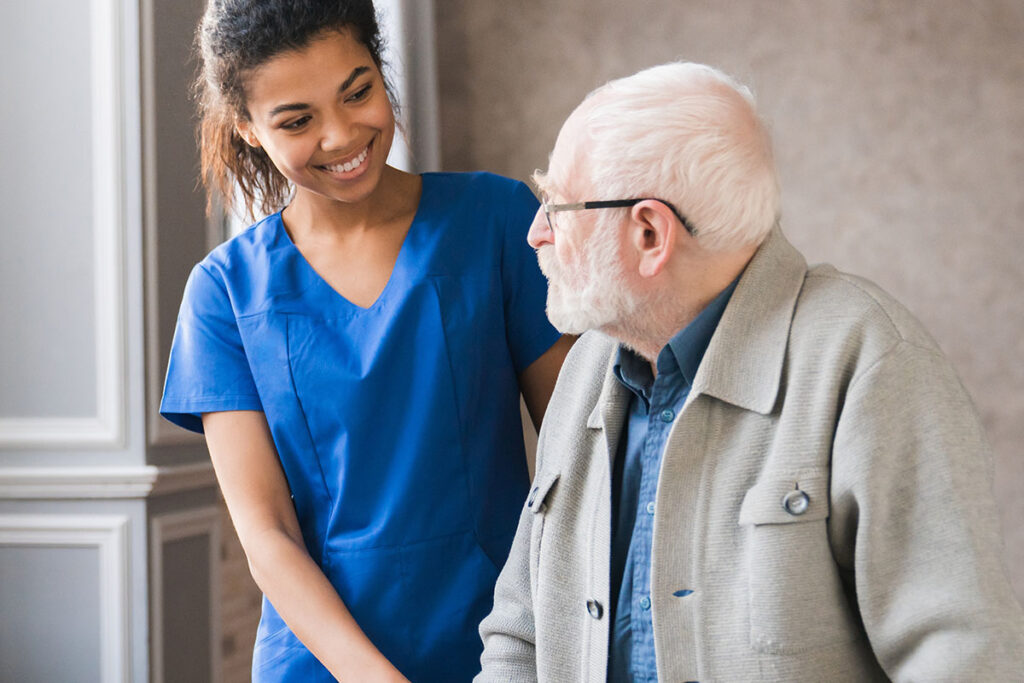
In this article, health and science journalist Sarah Boden looks at what happens when dementia leads to financial disasters for individuals and their families. She also describes the so-far-ineffective efforts governments have made to protect those living with dementia from attempts to exploit them. KFF Health News posted Boden’s piece on June 20, 2023. Her work was supported by a partnership that included WESA (Pittsburgh’s NPR station), NPR and KFF Health News.
Angela Reynolds knew her mother’s memory was slipping, but she didn’t realize how bad things had gotten until she started to untangle her mom’s finances: unpaid bills, unusual cash withdrawals and the discovery that, oddly, the mortgage on the family home had been refinanced at a higher interest rate.
Looking back, Reynolds realizes her mother was in the early stages of Alzheimer’s disease: “By the time we caught on, it was too late.”
Reynolds and her mother are among a large group of Americans grappling with the financial consequences of cognitive decline.
A growing body of research shows money problems are a possible warning sign—rather than only a product—of certain neurological disorders. This includes a 2020 study from Johns Hopkins University of more than 81,000 Medicare beneficiaries that found people with Alzheimer’s and related dementias became more likely to miss bill payments up to six years before a formal diagnosis.
The reach of these conditions is enormous. One recent study found nearly 10 percent of people over age 65 have dementia; more than twice as many are living with mild cognitive impairment.
Missing the Signs of Declining Cognition
One weekday in the spring of 2018, Reynolds sat next to her 77-year-old mother, Jonnie Lewis-Thorpe, in a courtroom in downtown New Haven, CT. She listened in discomfort as strangers revealed intimate details of their own finances in a room full of people waiting their turn to come before the judge.
Then it hit her: “Wait a second. We’re going to have to go up there, and someone’s going to be listening to us.”
That’s because the family home was in foreclosure. The daughter hoped if she explained to the judge that her mother had Alzheimer’s disease, which had caused a series of financial missteps, she could stop the seizure of the property.
Reynolds can’t pinpoint when Alzheimer’s crept into her mother’s life. A widow, Lewis-Thorpe had lived alone for several years and had made arrangements for her aging, including naming Reynolds her power-of-attorney agent. But Reynolds lived a 450-mile drive away from New Haven, in Pittsburgh, and wasn’t there to see her mom’s incremental decline.
When a person’s mental abilities begin to decline, problems can grow exponentially.
It wasn’t until Reynolds began reviewing her mother’s bank statements that she realized Lewis-Thorpe—once a hospital administrator—had long been in the grip of the disease.
Financial problems are a common reason family members bring their loved ones to the office of Robin Hilsabeck, PhD, a neuropsychologist at the University of Texas at Austin Dell Medical School, who specializes in cognitive issues.
“The brain is really a network, and there are certain parts of the brain that are more involved with certain functions,” said Hilsabeck. “You can have a failure in something like financial abilities for lots of reasons caused by different parts of the brain.”
Some of the reasons are due to normal aging, as Reynolds had assumed about her mother. But when a person’s cognition begins to decline, the problems can grow exponentially.
Dementia’s Causes—and Sometimes Ruthless Impact
Dementia is a syndrome involving the loss of cognitive abilities. The cause can be one of several neurological illnesses, like Alzheimer’s or Parkinson’s, or brain damage from a stroke or head injury.
In most cases, an older adult’s dementia is progressive. The first signs are often memory slips and changes in high-level cognitive skills related to organization, impulse control and the ability to plan—all, critical for money management. And because the causes of dementia vary, so do the financial woes it can create, said Hilsabeck.
For example, with Alzheimer’s comes a progressive shrinking of the hippocampus. That’s the catalyst for memory loss that, early in the course of the disease, can cause a person to forget to pay their bills.
Lewy body dementia is marked by fluctuating cognition: a person veers from very sharp to extremely confused, often within short passages of time. Those with frontotemporal dementia can struggle with impulse control and problem-solving, which can lead to large, spontaneous purchases.
And people with vascular dementia often run into issues with planning, processing and judgment, making them easier to defraud. “They answer the phone, and they talk to the scammers,” said Hilsabeck. “The alarm doesn’t go off in their head that this doesn’t make sense.”
Handling finances is difficult. If you have mild cognitive impairment, you can make mistakes even if you’re doing well otherwise.
For many people older than 65, mild cognitive impairment, or MCI, can be a precursor to dementia. But even people with MCI who don’t develop dementia are vulnerable.
“Financial decision-making is very challenging cognitively,” said Jason Karlawish, MD, a specialist in geriatrics and memory care at the University of Pennsylvania’s Penn Memory Center. “If you have even mild cognitive impairment, you can make mistakes with finances, even though you’re otherwise doing generally OK in your daily life.”
Some mistakes are irreversible. Despite Reynolds’ best efforts on behalf of her mother, the bank foreclosed on the family home in the fall of 2018.
Property records show that Lewis-Thorpe and her husband bought the two-bedroom Cape Cod for $20,000 in 1966. Theirs was one of the first Black families in their New Haven neighborhood. Lewis-Thorpe had planned to pass this piece of generational wealth on to her daughters.
Instead, U.S. Bank now owns the property. A 2021 tax assessment lists its value as $203,900.
Financial Protections Are Slow to Come
Though she can’t prove it, Reynolds suspects someone had been financially exploiting her mom. At the same time, she feels guilty for what happened to Lewis-Thorpe, who now lives with her: “There’s always that part of me that’s going to say, ‘At what point did it turn, where I could have had a different outcome?’”
Karlawish often sees patients who are navigating financial disasters. What he doesn’t see are changes in banking practices or regulations that would mitigate the risks that come with aging and dementia.
“A thoughtful country would begin to say we’ve got to come up with the regulatory structures and business models that can work for all,” he said, “not just for the 30-year-old.”
But the risk-averse financial industry is hesitant to act—partly out of fear of getting sued by clients.
The Senior Safe Act in 2018, the most recent major federal legislation to address elder wealth management, attempts to address this reticence. It gives immunity to financial institutions in civil and administrative proceedings stemming from employees reporting possible exploitation of a senior—provided the bank or investment firm has trained its staff to identify exploitative activity.
It’s a lackluster law, said Naomi Karp, an expert on aging and elder finances who spent eight years as a senior analyst at the Consumer Financial Protection Bureau’s Office for Older Americans. That’s because the act makes training staff optional, and it lacks government oversight. “There’s no federal agency that’s charged with covering it or setting standards for what that training has to look like,” Karp said. “There’s nothing in the statute about that.”
If you’ve named a ‘trusted contact,’ brokerage firms are now required to notify that person if something seems off about your account.
One corner of the financial industry that has made modest progress is the brokerage sector, which concerns the buying and selling of securities, such as stocks and bonds. Since 2018, the Financial Industry Regulatory Authority—a nongovernmental organization that writes and enforces rules for brokerage firms—has required agents to make a reasonable effort to get clients to name a “trusted contact.”
Trusted contacts are similar to the emergency contact health care providers request. They’re notified by a financial institution of concerning activity on a client’s account, then receive a basic explanation of the situation. Ron Long, a former head of Aging Client Services at Wells Fargo, gave the hypothetical of someone whose banking activity suddenly shows regular, unusual transfers to someone in Belarus. A trusted emergency contact could then be notified of that concerning activity.
But the trusted contact has no authority. The hope is that, once notified, the named relative or friend will talk to the account holder and prevent further harm. It’s a start, but a small one. The low-stakes effort is limited to the brokerage side of operations at Wells Fargo and most other large institutions. The same protection is not extended to clients’ credit card, checking or savings accounts.
A Financial Industry Reluctant to Help
When she was at the Consumer Financial Protection Bureau, Karp and her colleagues put out a set of recommendations for companies to better protect the wealth of seniors. The 2016 report included proposals on employee training and changes to fraud detection systems to better detect warning signs, such as atypical ATM use and the addition of a new owner’s name to an existing checking account. “We would have meetings repeatedly with some of the largest banks, and they gave a lot of lip service to these issues,” Karp said. “Change is very, very slow.”
Karp has seen some smaller community banks and credit unions take proactive steps to protect older customers—such as instituting comprehensive staff training and improvements to fraud detection software. But there’s a hesitancy throughout the industry to act more decisively, which seems to stem in part from fears about liability, she said. Banks are concerned they might get sued—or at least lose business—if they intervene when no financial abuse has occurred, or a customer’s transactions were benign.
Policy solutions that address financial vulnerability also present logistical challenges. Expanding something as straightforward as use of trusted contacts isn’t like flipping a light switch, said Long, the former Wells Fargo executive. “You have to solve all the technology issues: Where do you house it? How do you house it? How do you engage the customer to even consider it?”
Still, a trusted contact might have alerted Reynolds much sooner that her mom was developing dementia and needed help.
“I fully believe that they noticed signs,” Reynolds said of her mother’s bank. “There are many withdrawals that came out of her account where we can’t account for the money. … Like, I can see the withdrawals. I can see the bills not getting paid. So where did the money go?”

Sarah Boden covers health and science, both on the air and in print, for WESA, the NPR station in Pittsburgh. She also contributes to KFF Health News. Before moving to Pittsburgh in 2017, Boden was a reporter for Iowa Public Radio, where she covered many events, including the 2016 Iowa Caucuses. She won a regional Edward R. Murrow Award for her story about a legal challenge to Iowa’s felon voting ban.

